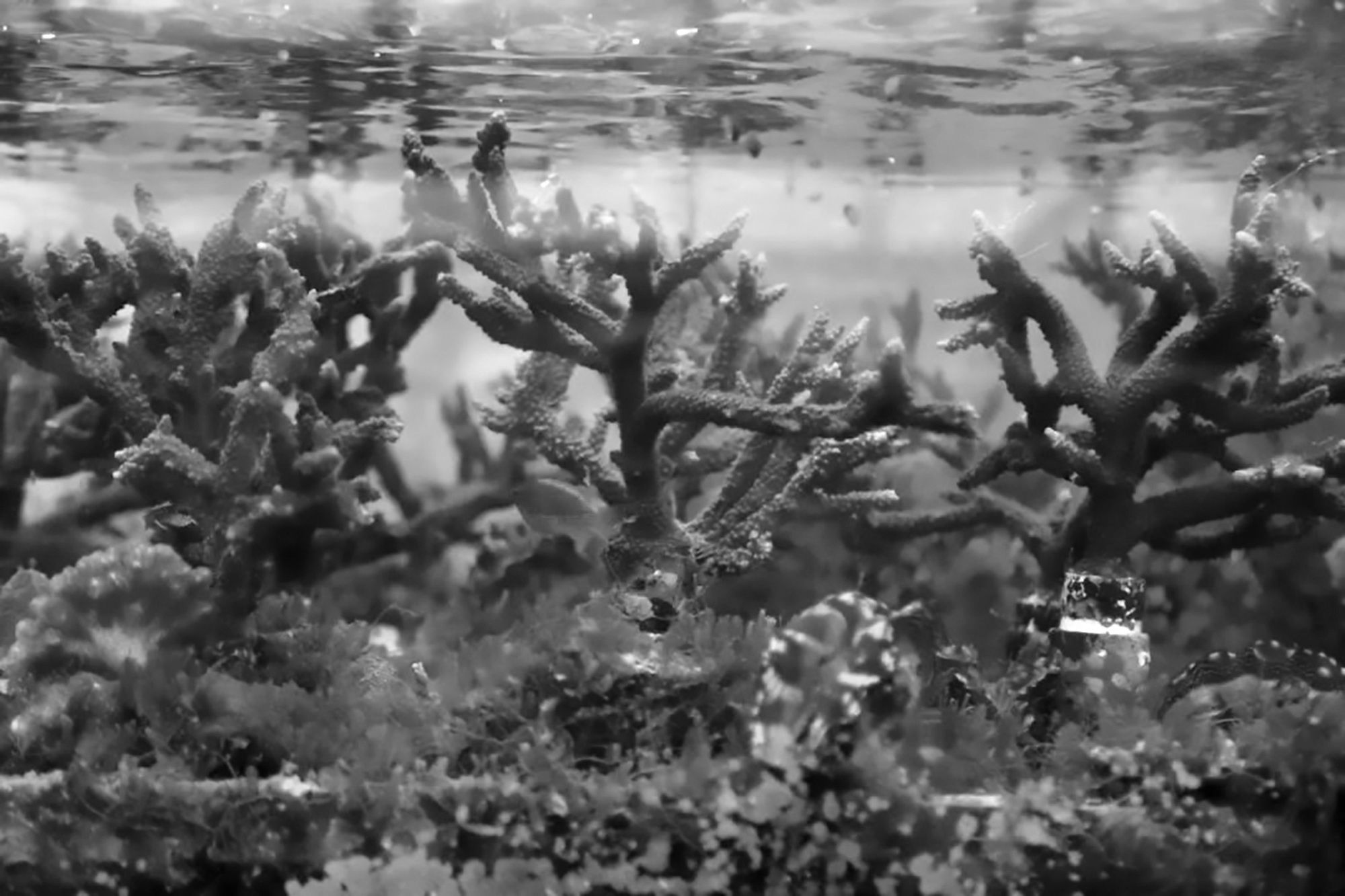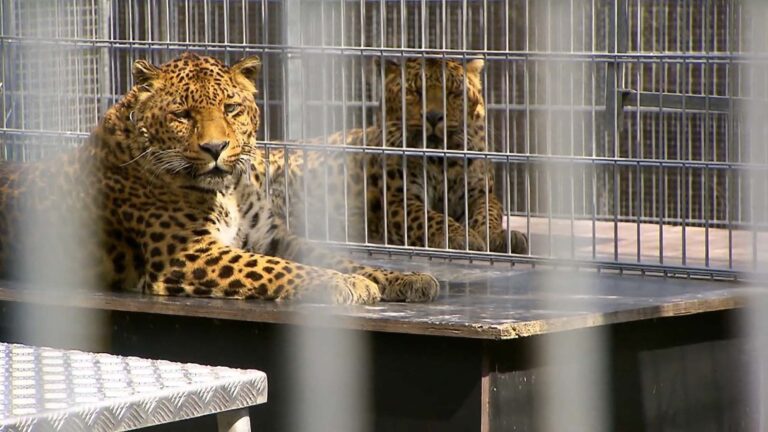Chinese scientists are breeding coral reefs and giant clams to save the surrounding seas in a large-scale operation carried out entirely on land.
Marine life such as coral, sea anemones and large saltwater clams are being artificially cultivated in man-made ecological systems in fish tanks.
Animals such as lobsters and clownfish – which famously plays the lead in Pixar’s 2003 film Finding Nemo, which achieve symbiosis with coral, are kept in the same glass environments as researchers plan to repopulate the ocean floor starting in the South China Sea.
Credit: AsiaWire / Wu Peng
Wang Yuan is the director of the coral reef and giant clam breeding base in the coastal city of Wanning, which is on China’s southernmost island province of Hainan.
He claims each small ecological system produces zero pollutant discharge, and no drugs or chemicals are used during the artificial breeding process.
The 2-hectare land-based project – currently about the size of two Olympic stadiums – will be used to repair China’s surrounding marine environment, which international observers fear has already been irreparably damaged by Beijing’s deep-sea dredging and creation of fortified artificial islands.
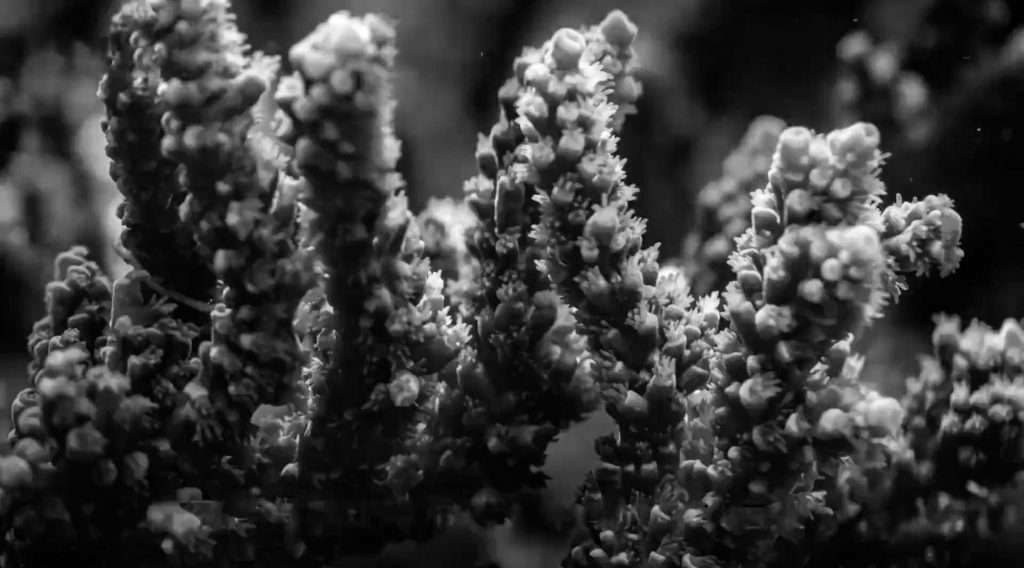
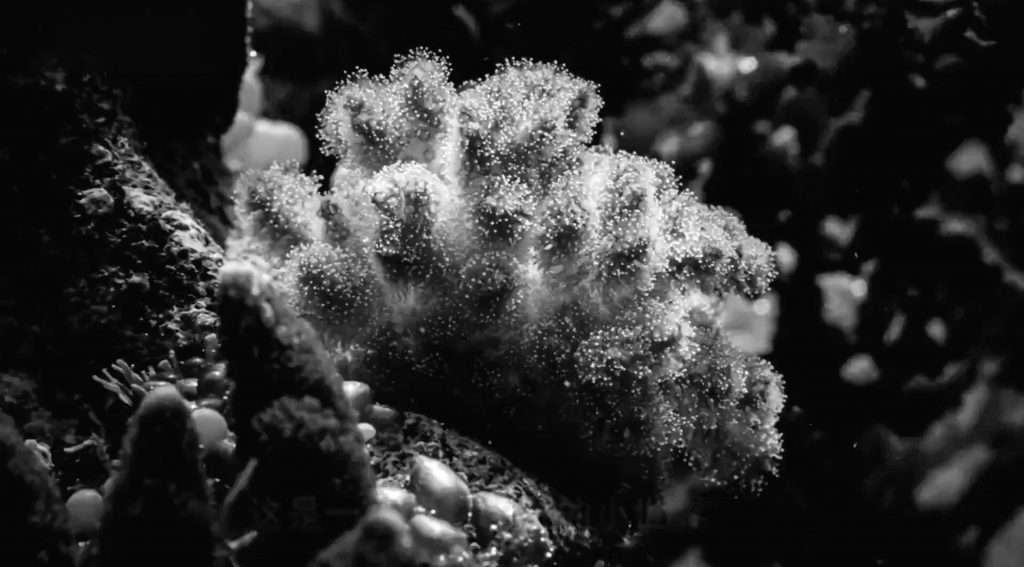
Images taken this week at the breeding facility dubbed an ‘ocean farm’ show large tanks of seawater housing various species of marine life, even seaweed, exposed to ample sunlight. The footage shows a rich variety of fish, and one even appears to be Nemo’s friend, Dory – a Paracanthurus hepatus, or Pacific blue tang fish, that is sometimes referred to as a royal blue tang or hippo tang.
Mr Wang, who is working under the auspices of the South China Sea Institute of Oceanology, Chinese Academy of Sciences, revealed the base is cultivating more than 200,000 corals of over 100 different species.
Since 2017, they have bred at least 100,000 new corals a year at a cost of 1 million RMB (112,780 GBP), or a per coral cost of 10 RMB (1 GBP).

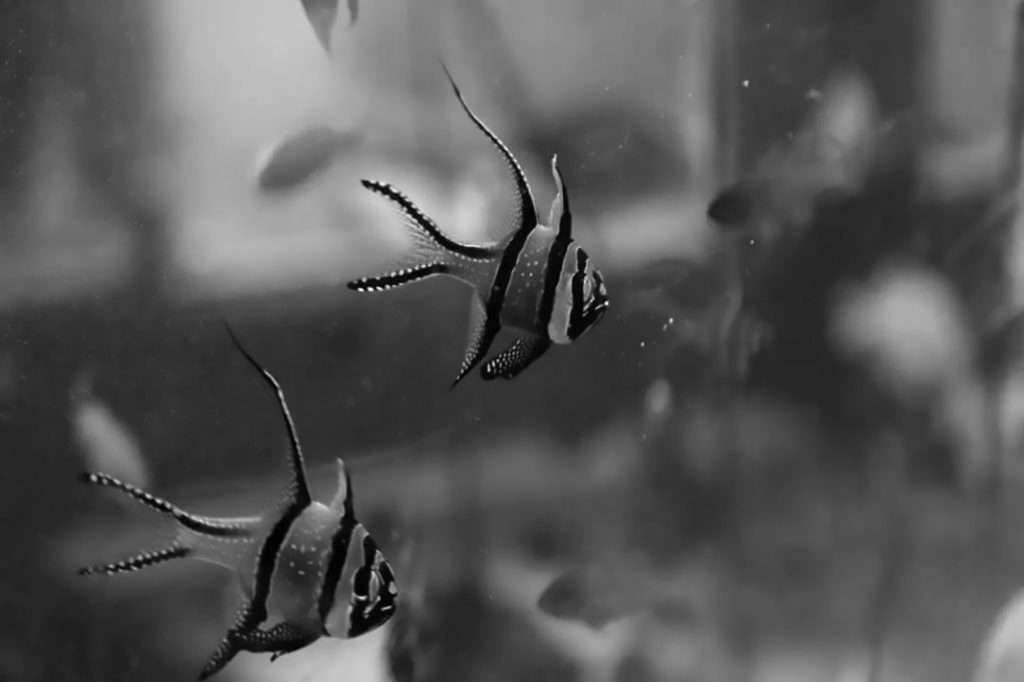
At the facility, saltwater clams grow larger than their wild counterparts, Mr Wang said, adding that, after a year, corals and clams are released into the South China Sea to repair the environment.
Staffing the breeding base are members of the local village population, most of whom have relied on the breeding and trade of seafood such as groupers and sea snails to make a living.
Mr Wang said he hopes the breeding base can branch out into tourism, such as walking tours and scuba diving, in the future.
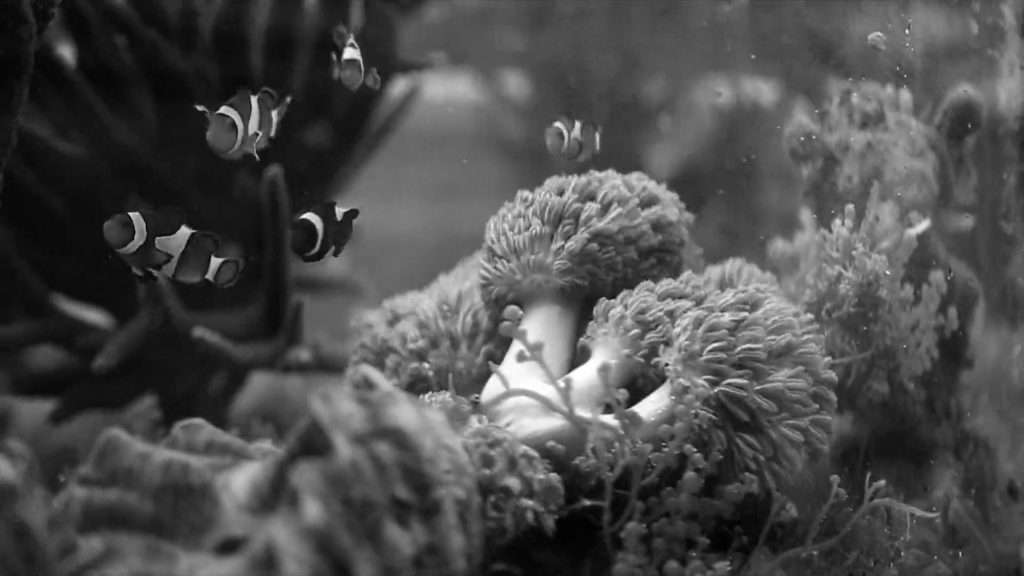
To find out more about the author, editor or agency that supplied this story – please click below.
Story By: John Feng, Sub-Editor: Joseph Golder, Agency: Asia Wire Report
The Ananova page is created by and dedicated to professional, independent freelance journalists. It is a place for us to showcase our work. When our news is sold to our media partners, we will include the link here.

